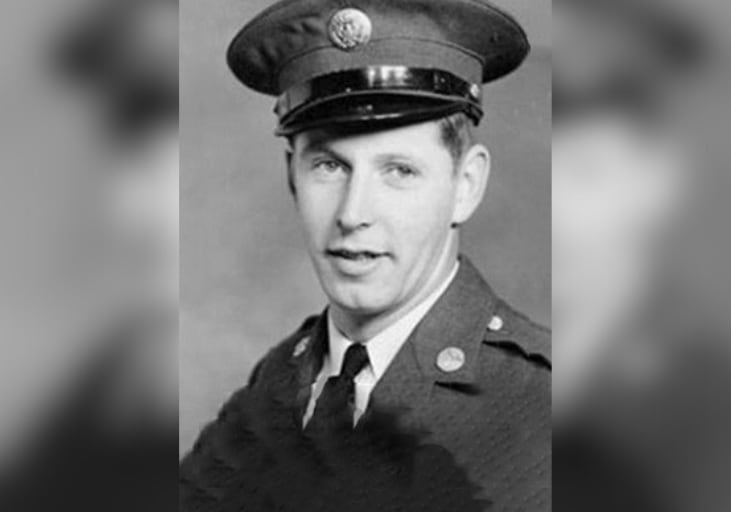Loss of spatial awareness and disorientation due to dense smoke from fire in the upper port wall caused the Jan. 8 MH-53E Sea Dragon crash that killed three, according to a Navy investigation released Thursday.
The fire was caused by chafing between insulation covering electrical wires and the surface of an aluminum fuel transfer. This enabled a dangerous electrical arc to breach the transfer tube, igniting the fuel inside.
The fire was in the crew cab behind the cockpit. Billowing black smoke filled the Sea Dragon and blinded the aircrew, causing them to lose their visual reference to the horizon and cockpit instrumentation, according to investigators.
Three aboard the helicopter died after the Sea Dragon crashed off the Virginia coast: Pilot Lt. Wesley Van Dorn, 29; Naval Aircrewman (Helicopter) 3rd Class Brian Collins, 25; and pilot Lt. Sean Snyder, 39.
The crew members, assigned to Mine Countermeasures Squadron 14, were conducting mine countermeasures training with another helicopter about 18 miles off the coast of Virginia Beach when they went into the water. Van Dorn, Collins and two aircrewman were rescued by the other helicopter and taken to a local hospital, where Van Dorn and Collins passed away from their injuries later that day. Both surviving crew members were released from the hospital by Jan. 10.
Navy, Coast Guard and Virginia Beach Department assets aided in a search for the missing pilot and the wreckage. Coast Guard and Virginia Beach crews withdrew from the search Jan. 9.
Navy divers discovered Snyder's remains inside the helo's cockpit Jan. 15. Family and friends gathered for a memorial service two days later at Naval Station Norfolk.
The Sea Dragon airframe is in use by two Norfolk-based squadrons — HM-14 and HM-15. This was the fourth Sea Dragon crash in less than two years; the previous three occurred in 2012. Most were due to rotor issues. Following two HM-15 crashes, the unit's commanding officer and command master chief were fired.





